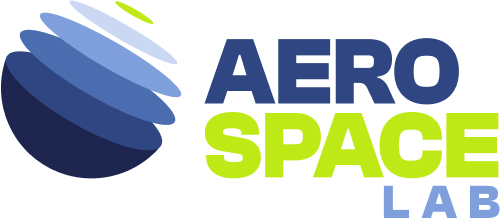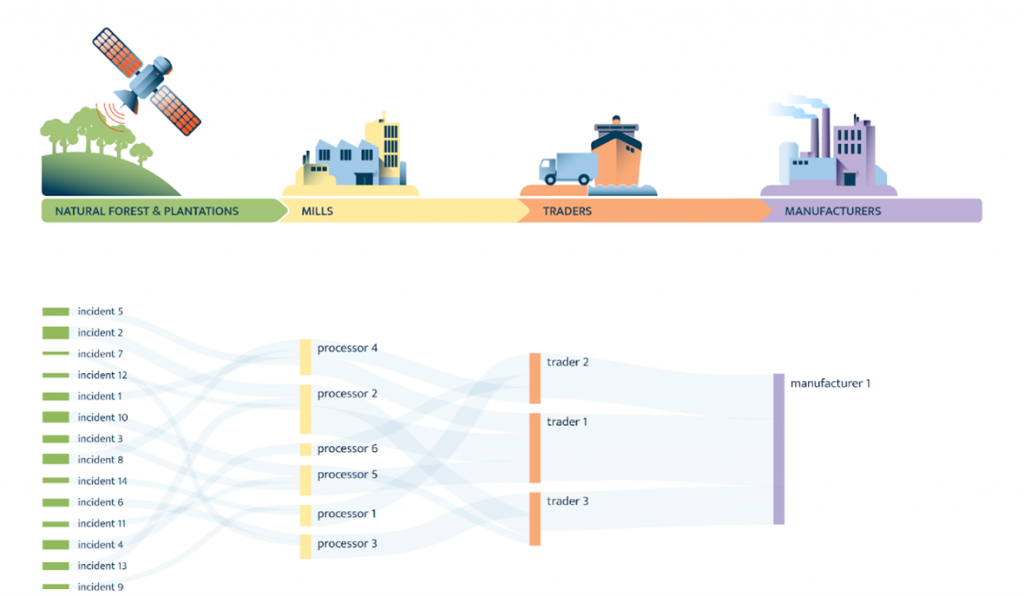Objectives of the Product
We combine EO data and AI tools in order to identify new business cases and develop customised solutions. The AI4EO Solution Factory is a knowledge base and module repository that allows us to reuse expertise and software throughout the development process.
Customers and their Needs
Potential customers are active in one of the many application areas of EO data, such as agriculture, forestry, fishery, natural disaster forecasting/monitoring and urban planning. They have a problem statement and are looking for solutions based on EO data and AI tools. Our team will develop a business case around this problem statement and develop a solution jointly with employees from the customer.
Targeted customer/users’ countries
Due to the geographical closeness, we focus on European customers, but are also open to customers from outside the EU.
Product description
The AI4EO Solution Factory is a collaborative environment between specialists from DFKI and domain experts from our customers. With the AI4EO Solution Factory we enhance the visibility of EO solutions and provide our AI and EO expertise to our customers, thereby enabling them to discover and exploit new business cases. The central mechanism for the products of the AI4EO Solution Factory is to combine the domain knowledge of our customers with our AI and EO expertise to develop AI-based algorithms for information extraction from satellite images. We develop custom-made solutions in close collaboration with our customers and then reuse the underlying building blocks for additional products of the AI4EO Solution Factory. This approach of reusing the underlying building blocks while providing specialised solutions for each of our customers enables us to provide AI4EO solutions for all kinds of business cases and small, medium and large companies, as well as public entities alike.
Added Value
The Solution Factory joins the latest cutting-edge AI technologies with EO data to tackle identified problems within different areas of commercial focus. The key innovation is our Transfer Lab approach, where we directly involve employees of our customers in the product development. This close collaboration ensures that the developed products are a perfect fit for the customer’s business case and helps to build trust with the customers.
Current Status
The final review took successfully place and the activity is now completed. The yield consortium is the first product developed within the AI4EO Solution Factory. It was developed for three anchor customers – BASF, John Deere and Munich Re – within a large industry project. The developed yield prediction product has been successfully deployed at the facilities of our customers and was extensively tested in a large validation activity.
The first product developed for the yield consortium was successful. In three years, the team was able to collect a big dataset of various crop yield maps (for different crops and countries), Sentinel-2 time series, and additional data sources, used to train state-of-the-art models. Main difficulties include the challenge of acquiring crop yield maps (the ground truth used to train the models), and the quality of these available yield maps. After performing an extensive evaluation, it was found that the results are strongly influenced by the quality of the dataset, which was particularly influential on the sub-field level.
During the first three years of the activity, the team developed an in-house solution for the Solution Factory where AI and EO experts from DFKI collaborated closely with domain experts from our customers. This was shown by the development of three smaller products of the Solution Factory: while two of them have been small studies in the context of Earth Observation and AI, the third one is a product employing the Solution Factory architecture.
Unfortunately, the outcome of the trial was not successful since the satellite data was not informative enough for the needs of key customers, but the activity did show the effectiveness of the Solution Factory. Within one month, the team had processed the satellite and target data, created a machine learning dataset and trained a first version of the model architecture. They spent a second month adapting and fine tuning the architecture and were able to present results to the customer after only two months. This rapid development time showcases the potential of the Solution Factory and highlights the fact that the Solution Factory is ready for commercial rollout.

























